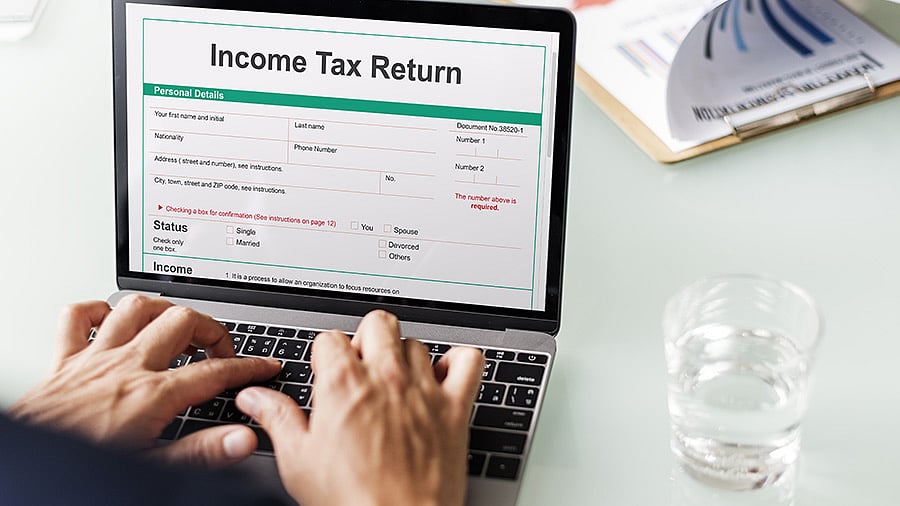
Income Tax return. (Image for representation)
Tax filing season is here again. With the income tax portal now active for the financial year ending March 2025, individuals across the country are preparing to file their returns. Filing a return is not just about uploading numbers; it requires careful reconciliation, accurate disclosures, and legal compliance. Here’s a practical guide to help avoid common mistakes.
One frequent oversight is failing to report minor but taxable incomes. Dividend income, for example, often goes unnoticed, especially when the amount is less than ₹5,000 per company. Since these don’t attract TDS, they may not appear in Form 26AS and could be missed unless one manually checks linked bank accounts.
Similarly, interest on bonds, gains from mutual fund redemptions, or income from RBI savings bonds, which don’t always have TDS, must be manually tracked and declared. Rental income is another area where gaps occur, particularly when tenants do not deduct TDS. The absence of a TDS entry doesn’t exempt you from disclosing the income.
To bridge such gaps, the Income Tax department provides two essential tools: the Annual Information Statement (AIS) and Form 26AS. AIS captures financial transactions like interest, dividends, high-value purchases, and investments. Form 26AS consolidates TDS, advance tax, and other tax credits. Both should be reconciled with your records. Any mismatch can trigger a defective return notice or scrutiny.
Taxpayers must also compare tax liability under both the old and new regimes and choose the more beneficial one. The new regime also allows a Rs 75,000 standard deduction and rebate for incomes up to Rs 7 lakh. In many cases, switching regimes can lead to a refund, especially if excess TDS was deducted.
Another area often ignored is exempt income. Items like agricultural income, gifts from relatives, life insurance maturity proceeds under Section 10(10D), or PF withdrawals after five years are exempt from tax, but not from reporting. These must be disclosed in Schedule EI.
Timely filing is essential if you wish to carry forward losses. Capital, business, and house property losses can only be carried forward if the return is filed before the due date. A belated return forfeits this benefit.
Taxpayers with total income exceeding Rs 1 crore must report assets and liabilities in the AL schedule. This includes properties, bank balances, shares, loans, and liabilities. Inaccurate or missing disclosures here can attract penalties or scrutiny.
Resident individuals must also declare foreign income and assets. Many overlooks disclosing foreign bank accounts, overseas ESOPs, mutual funds, or rental income abroad, assuming foreign taxes suffice. But Indian law mandates full disclosure, and non-reporting could invoke penalties under the Black Money Act, even if taxes were paid overseas.
Bank accounts must also be properly declared. All operative accounts should be listed, and one must be selected for processing tax refunds. This account must be pre-validated and linked to PAN. Even if omitted, the department can trace your accounts from financial institutions, so full disclosure is always wiser.
A critical final step is e-verification. Filing is incomplete without it. Whether using Aadhaar OTP, net banking, or other methods, the return must be verified within 30 days. Failing this, the return is treated as defective and becomes invalid.
The due date for filing returns for FY 2024–25 is 15th September 2025. Filing early ensures enough time to fix errors and avoid last-minute pressure. With increasing automation and analytics in assessments, accuracy and completeness are essential. File on time, verify promptly, and most importantly—pay your taxes and buy peace of mind.